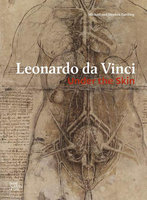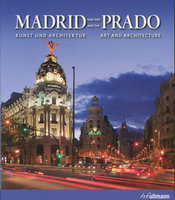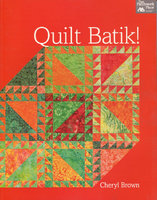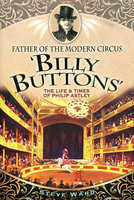New, Quality Gift Books - 50-90% off - over 2500 titles
Your basket is empty.
Categories Lucky Dip Clearance TATE INTRODUCTIONS: Matisse
TATE INTRODUCTIONS: Matisse
Book number: 92512
Product format: Paperback
In stock
Bibliophile price
£2.50
Published price
£6.99
Customers who bought this product also bought
|
LEONARDO DA VINCI: Under the Skin
Book number: 92677
Product format: Paperback
Bibliophile price
£2.00
Published price
£14.95
|
|
MADRID AND THE PRADO: Art and Architecture
Book number: 92350
Product format: Paperback
Bibliophile price
£7.99
Published price
£14.99
|
|
JOHN CRANCH: Uncommon Genius
Book number: 93229
Product format: Hardback
Bibliophile price
£2.50
Published price
£20
|
QUILT BATIK
Book number: 93248
Product format: Paperback
Bibliophile price
£2.75
Published price
£21.99
|
FATHER OF THE MODERN CIRCUS: Billy Buttons
Book number: 93434
Product format: Paperback
Bibliophile price
£3.00
Published price
£12.99
|
Browse these categories as well: Lucky Dip Clearance, Art & Architecture











